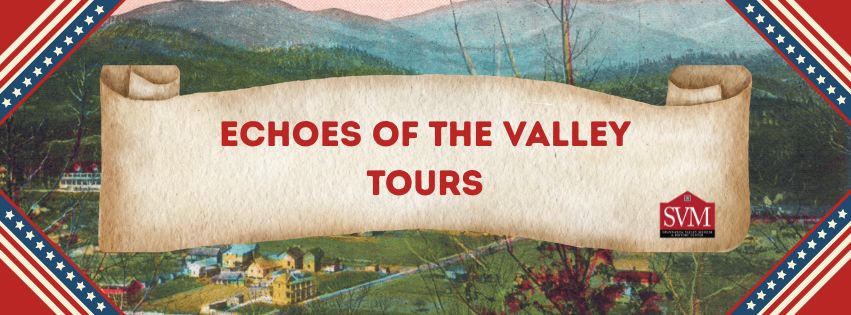
The Swannanoa Valley Museum & History Center’s Echoes Of The Valley Tours is an opportunity for WNC residents to get to know the rich history of the Swannanoa Valley by walking its historic estates, sidewalks and cemeteries with knowledgeable guides. Running from March thru November. Each tour is conducted by local historians. Come enjoy a stroll through WNC history!
LOCATIONS: All registered attendees will meet at the Swannanoa Valley Museum for check-in and orientation then caravan to the tour locations.
Cancellation Policy:
We understand that unexpected circumstances may arise. You may cancel your enrollment in the program for a full refund up to 48 hours before the program start date.
- Cancellations made 48 hours or more before the program start date will receive a full refund.
- Cancellations made less than 48 hours before the program start date will not be eligible for a refund.
- A full refund will be offered if the museum cancels the program due to weather or unforeseen circumstances.
Please Note:
- We strongly recommend notifying us of your cancellation in writing via email to svminfo@history.swannanoavalleymuseum.org
- You will receive a confirmation email upon processing your cancellation request.
Upcoming 2026 Dates & Locations
Echoes of the Valley Hikes
| Where | When |
| Warren Wilson | Saturday, March 14th, 9:00am-1:00pm |
| Montreat (Hydro Electric) | Saturday, April 11th, 9:00am-1:00pm |
| Swannanoa (Davidson’s Grave) | Saturday, May 9th, 9:00am-1:00pm |
| Black Mountain (IntheOaks) | Saturday, June 13th, 9:00am-12:30pm |
| Ridgecrest (Point Lookout) | Saturday, July 11th, 9:00am-12:00pm |
| Riceville (Driving Tour) | Saturday, August 8th, 9:00am-12:00pm |
| Kitsuma | Saturday, September 12th, 9:00am-1:30pm |
| Northfork (Driving Tour) | Saturday, October 10th, 9:00am-1:00pm |
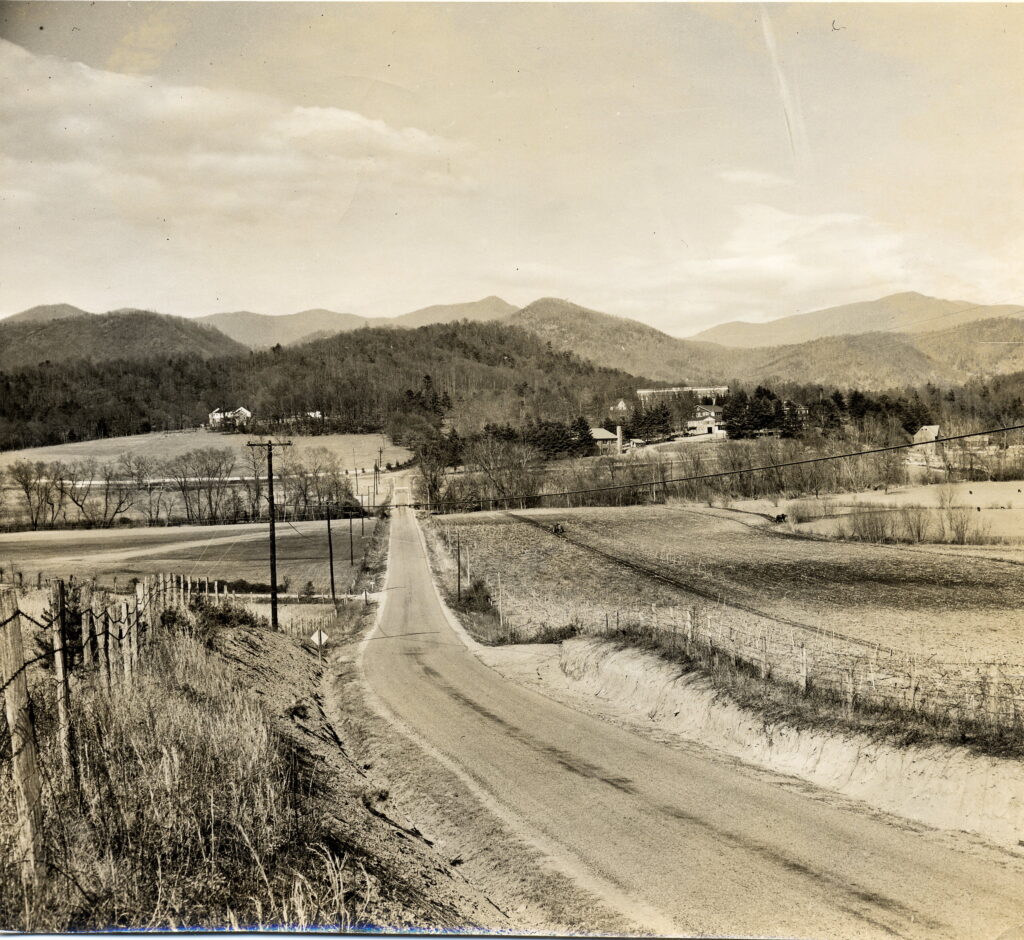
Warren Wilson
Saturday, March 14th, 9:00am-1:00PM
Join the Swannanoa Valley Museum for a guided history hike exploring the beautiful campus of Warren Wilson College. Led by a knowledgeable local expert, this tour will delve into the origins of the Asheville Farm School, the institution that eventually grew into Warren Wilson College. Participants will learn about the school’s founding mission, its evolution over the decades, and its lasting impact on education and community life in the Swannanoa Valley.
This hike offers a unique opportunity to walk through history while enjoying the scenic grounds of one of the region’s most storied institutions.
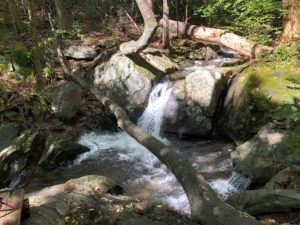
Montreat Hydro Electric
Saturday, April 11th, 9:00am-1:00pm
This hike focuses on the history of Montreat, which was founded in 1897
by Rev. John Collins. The remnants of the Montreat hydroelectric facilities that were
constructed in 1913 and in use until 1947 are visible on this moderate, 2.5-mile hike.
DIFFICULTY: Moderate, 2.5 miles
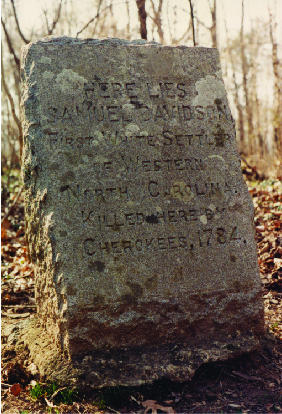
Swannanoa and Davidson’s Grave
| Saturday, May 9th, 9:00am-1:00pm |
Join the Swannanoa Valley Museum on a captivating journey as we trek to the final resting place of Samuel Davidson, one of the earliest European settlers west of the Blue Ridge. Situated on private property, his grave marks an emotional chapter in history, where he tragically fell victim to Native American conflict in 1784, shortly after relocating with his family and the enslaved woman, Liza, to this frontier. Following this solemn visit, our expedition will lead us to the ruins of Alexander Farm, once a bustling boarding house operated by generations of Davidson’s descendants.
DIFFICULTY: Moderate, 2.5 miles
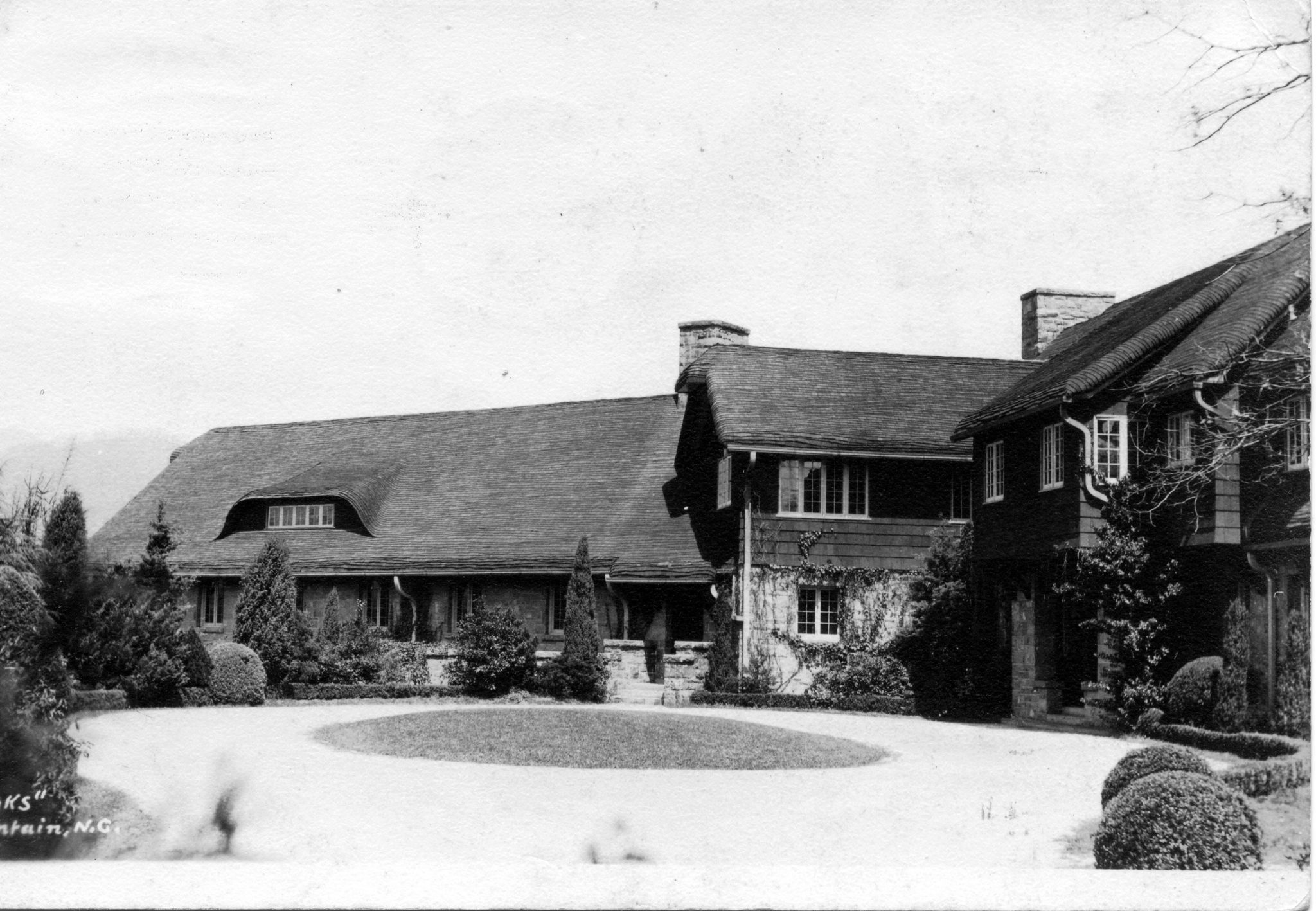
Black Mountain (Intheoaks)
| Saturday, June 13th, 9:00am-12:30pm |
Join us for a historic tour of the Montreat College Athletic Campus, the former site on In-the-Oaks. We will take a short tour through the house and then walk the grounds of the former Terry Estate located on 89 wooded acres within the town of Black Mountain. Hike leaders will share the history of the Terry’s and how they came to build In-the-Oaks, the selling of the property to the Episcopal Diocese of Western North Carolina, the second owners of the property and organizers of Camp Henry, up to Montreat College’s acquisition of the estate in 2001.
Difficulty:Moderate, 2 miles
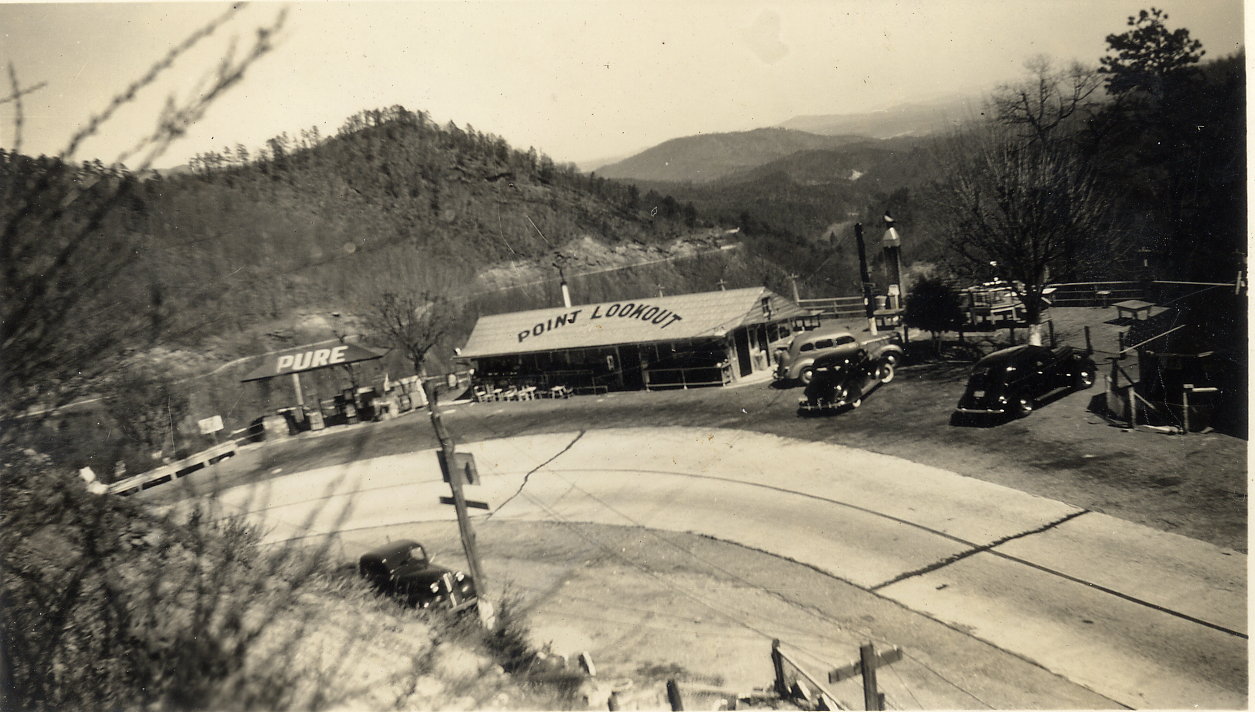
Ridgecrest (Point Lookout)
| Saturday, July 11th, 9:00am-12:00pm |
The moderate, 3-mile Ridgecrest hike will take hikers on the Point Lookout Trail to a viewpoint overlooking the valley. Point Lookout was a popular stopping point and overlook on old U.S. 70. It was founded in the 1920s and in its heyday featured an observation platform and a restaurant. Point Lookout also overlooks Royal Gorge through which Native Americans and early settlers traveled across the mountains.
Difficulty: Moderate, 3 miles
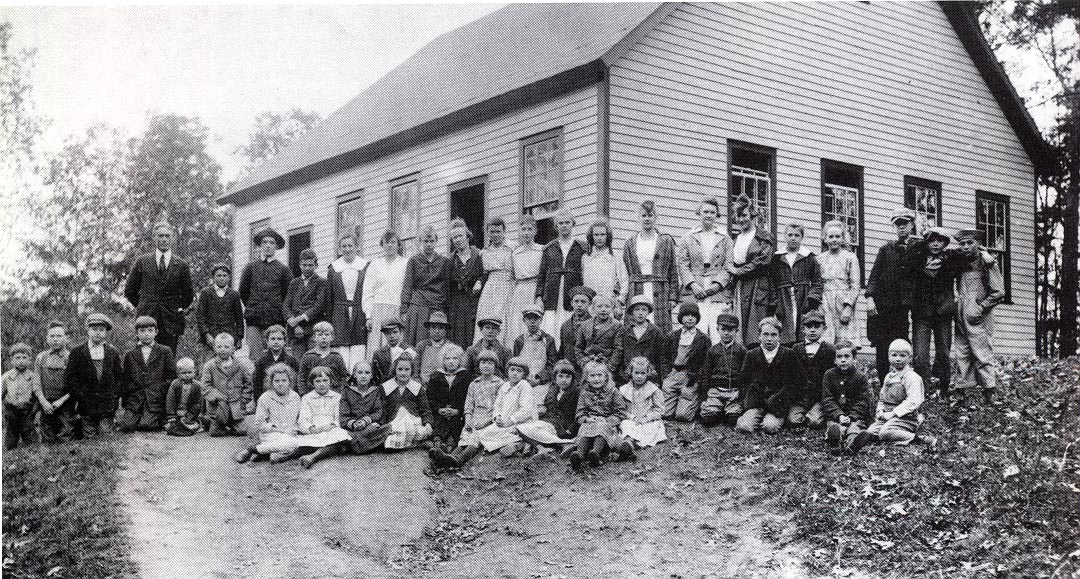
Riceville (Driving Tour)
| Saturday, August 8th, 9:00am-12:00pm |
Led by local experts and starting near the intersection of Riceville Road and Warren Wilson Road (Warren Wilson College), Valley History Explorers will visit several historic sites while learning about the history of Riceville and its namesake Joseph Marion Rice. Stops on the tour will include Berea Baptist Church, Riceville Presbyterian Church, Grassy Branch Baptist Church, and others.
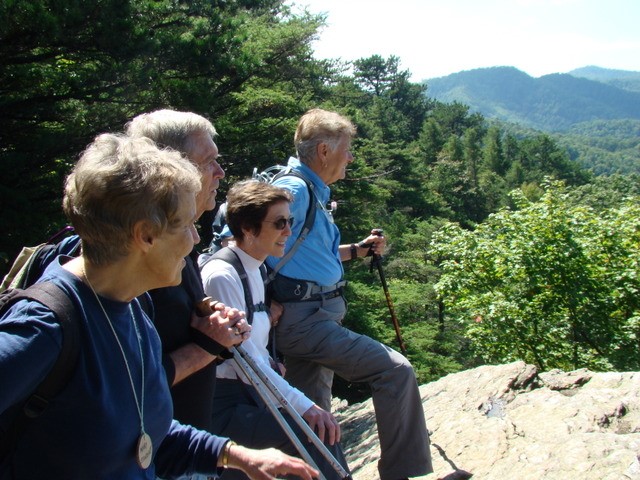
Kitsuma
| Saturday, Saturday 12th, 9:00am-1:30pm |
Embark on a captivating hike along the Kitsuma Trail to a stunning viewpoint with sweeping vistas of the Swannanoa Valley. On clear days, enjoy a breathtaking view of Mt. Mitchell. Ridgecrest, renowned for the Lifeway Ridgecrest Conference Center, was established in 1907 by Dr. Bernard Washington Spilman as the Southern Baptist Assembly. The center’s iconic large white cross is a welcoming sight for westbound I-40 travelers cresting the Blue Ridge from Old Fort.
Difficulty: Moderate, 2.5 miles
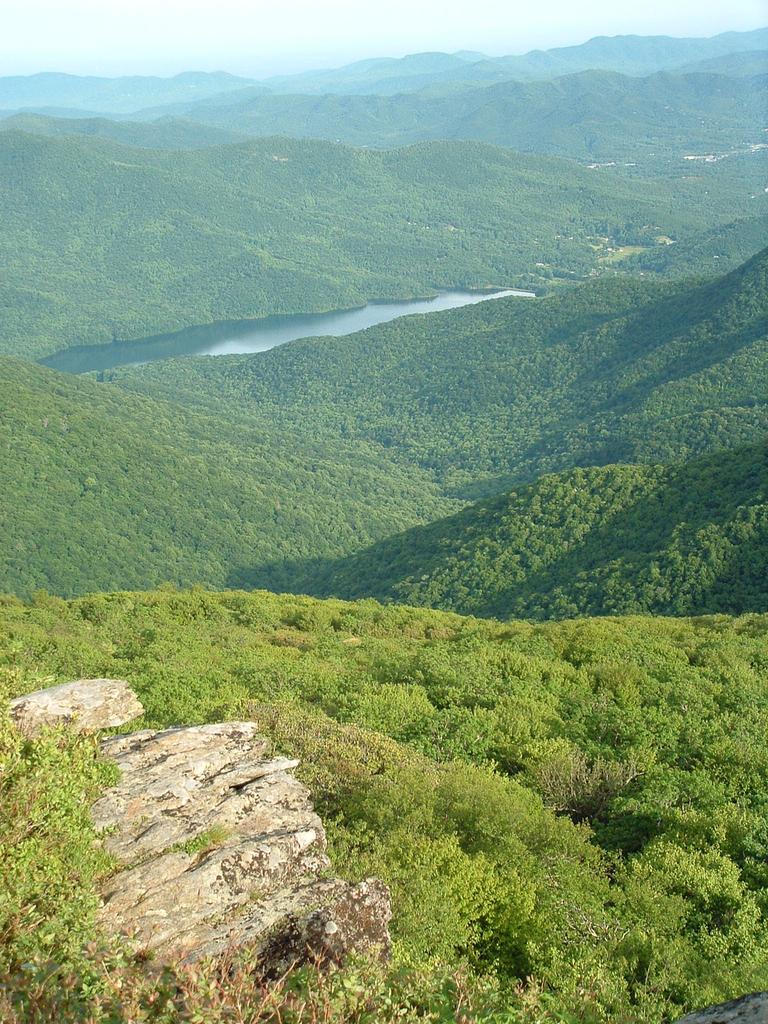
North Fork (Driving Tour)
| Saturday, October 10th, 9:00am-1:00pm |
This event will be structured as a stop-and-go tour of the North Fork area. Attendees will visit several prominent historic sites and enjoy talks from local historians and descendants of North Fork families.
Get your tickets here!